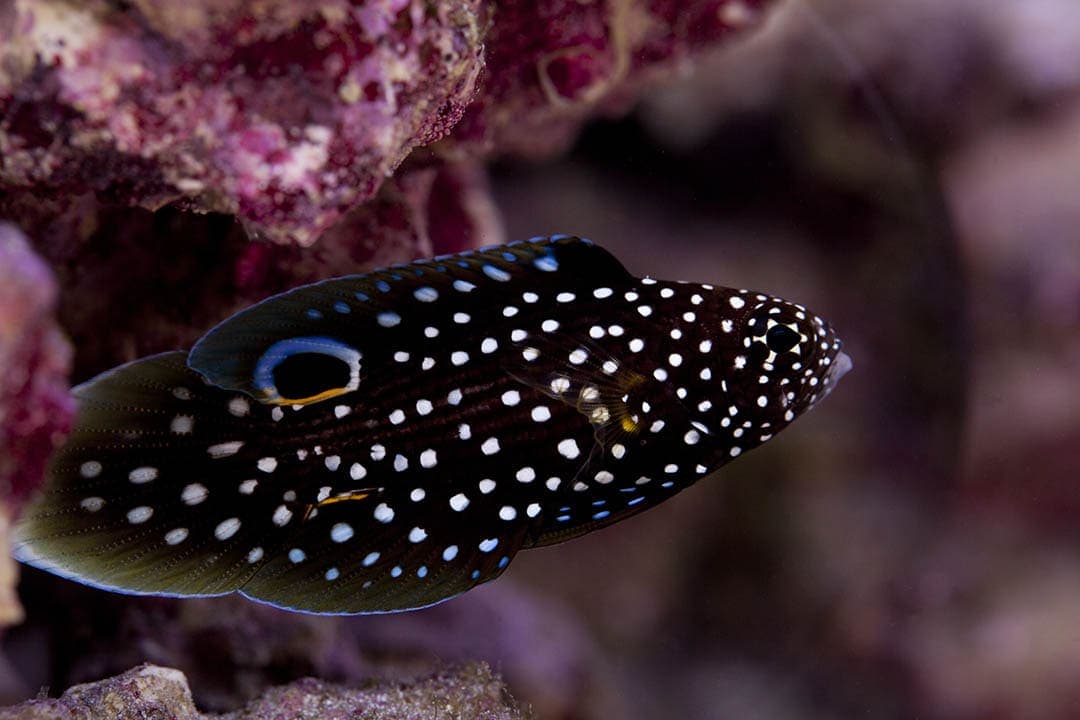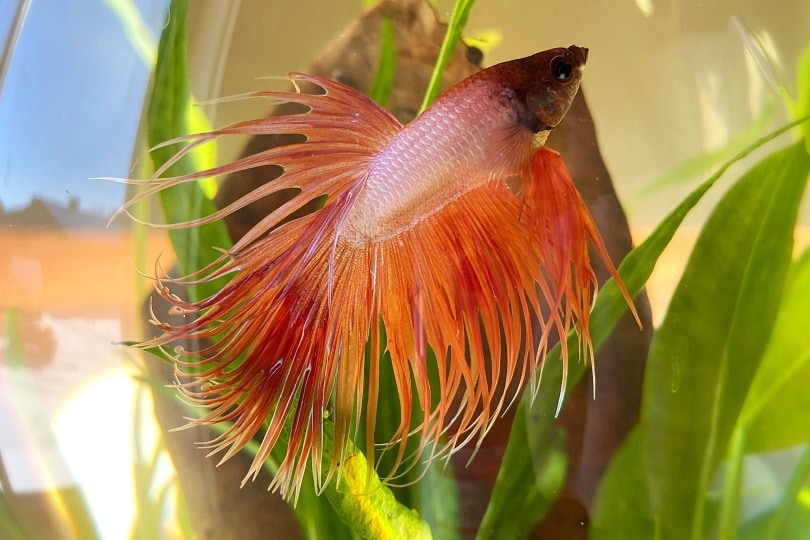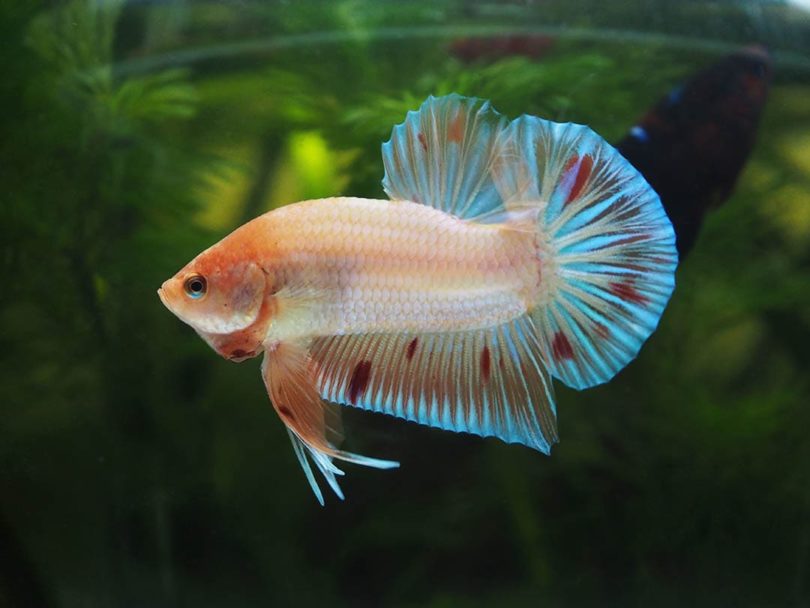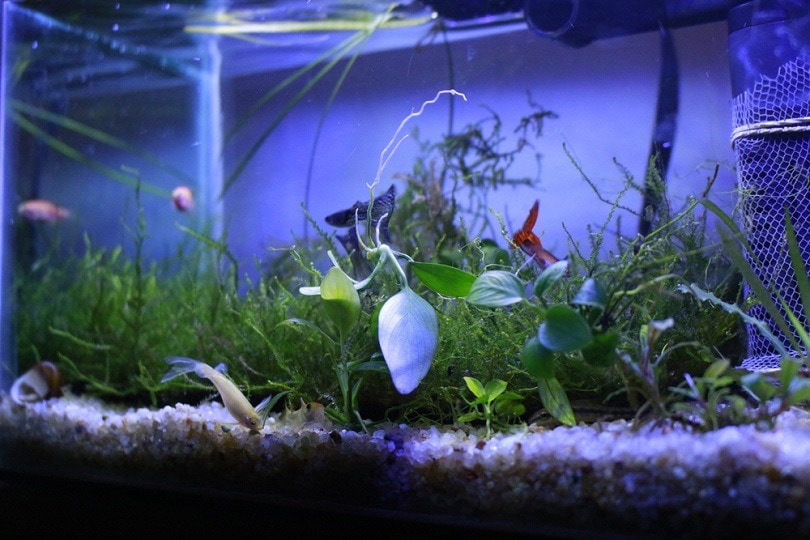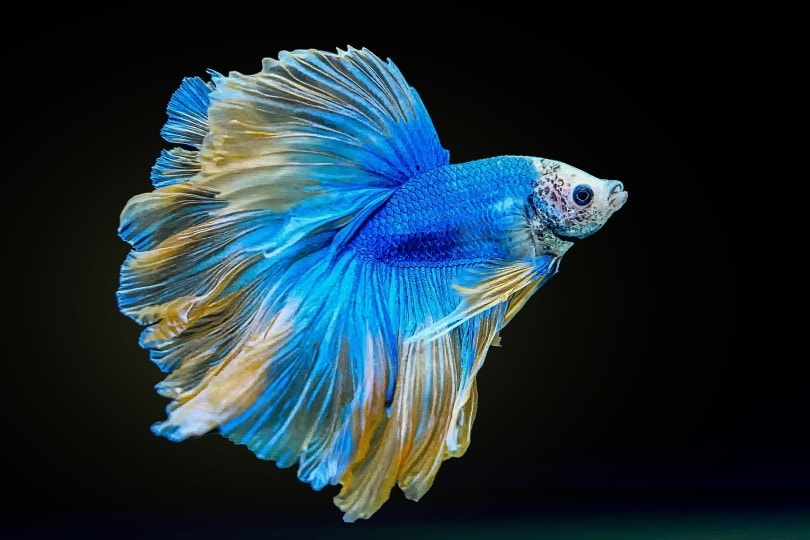Can Male and Female Betta Fish Live Together? Vet-Approved Cohabitation Facts & Info
By Ashley Bates
Updated on
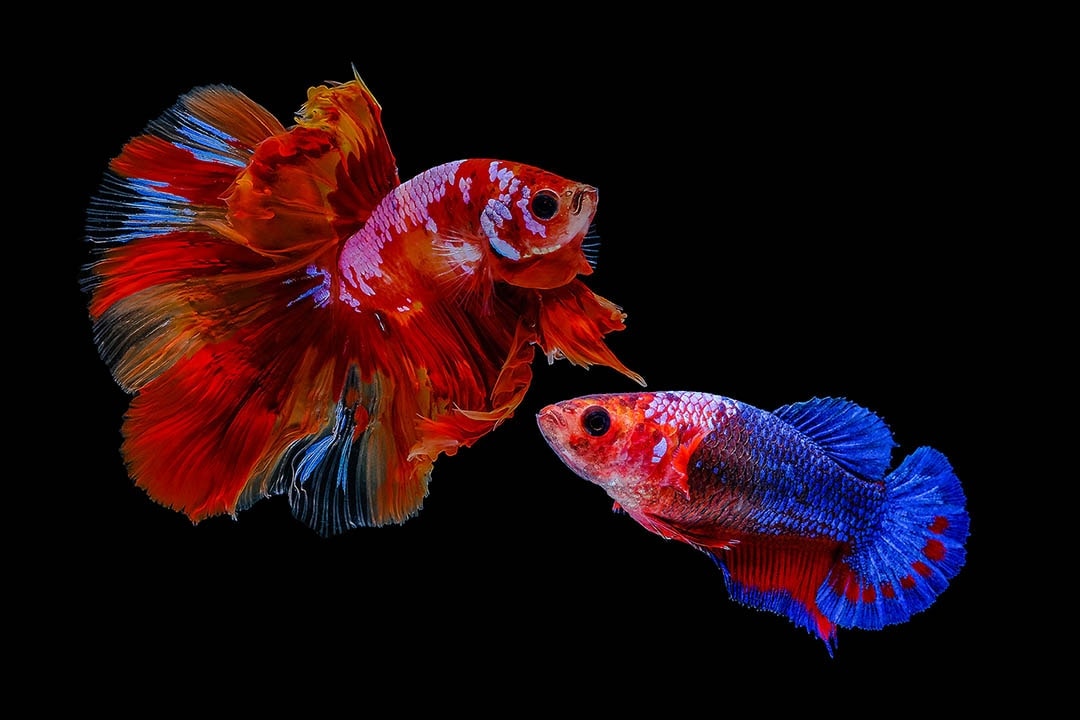
Many of us have gone into pet shops and found a betta fish display—sitting front and center. All the fish are swimming in their tiny cups, spreading their graceful fins for all to see. But something might make you wonder if these fish are lonely.
If you have bettas, and want to know if it’s possible to have males and females together as companions—the answer is a bit complicated. In short, we’d recommend keeping male and female bettas apart whenever possible, except during mating. Bettas are notoriously aggressive and fiery little fish that can stir up quite a hissy in shared tanks. So, let’s talk about how to keep your tank mates safe.
Male vs. Female Bettas: What’s the Difference?
Male and female bettas differ in personality and look. This is because they each play a different role in the natural kingdom, so they take on various traits.
Males are highly competitive, territorial, and aggressive with other males. Housing multiple males will result in disasters every time. However, females can live together and form their own clique. Nevertheless, they might still be aggressive, because they live in a hierarchy system.
Male Bettas
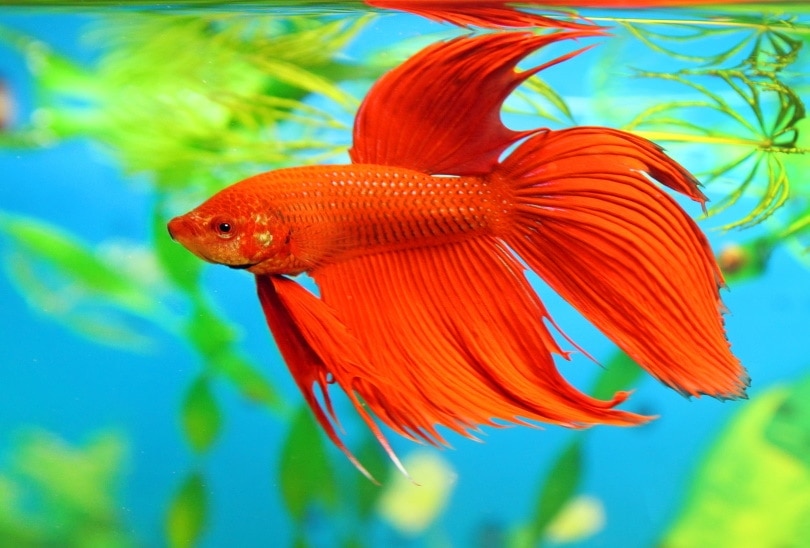
Males tend to have bold, flashy colors, and flowy, waving fins. And, of course, they can come in a vast selection of colors.
Males use their impressive presence to ward off other males and attract females for mating. They do this by flaring their gills and fins to appear more intimidating or attractive, depending on the sex of the fish they flare at.
Female Bettas
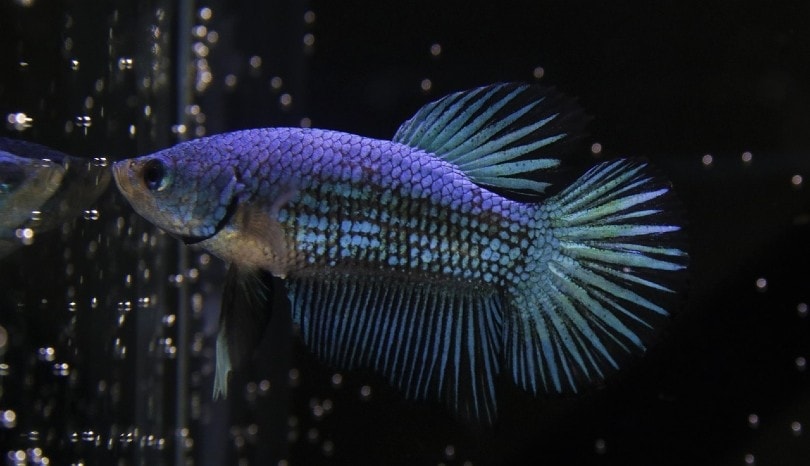
Female betta fish are generally duller in color, and have shorter fins.
Females usually live in small communities, so they can peacefully exist alongside other females. However, they can exhibit aggression.
Can Male & Female Bettas Live Together?
Technically, males and females can live together in certain circumstances—but every situation will be different. So, you will have to closely monitor the situation to make sure no one is being bullied, and that there’s no conflict.

Single Male + Sorority (Betta Harems)
If you put a singular male betta in with a group of multiple bonded females, it might work out in your favor. The male may feel complacent in the company of the females, and they are comfortable ruling the roost. However, there is no guarantee that this will work, and this should only be attempted in very large, heavily planted aquariums by experienced fish keepers. It is also important to remember that though the fish might appear to be cooperative for a while, you may one day stumble upon a fight in your aquarium. Therefore, on a long-term basis, many fish enthusiasts discourage this setup.
Your sorority should already be established fully before ever adding a male into the mix. You should make sure all females get along without frequent issues of fighting or aggression.
Things to consider: Bullying can still happen no matter what. If aggression starts, it can cause serious injury and even death to a member of your tank. Often not worth the risk, and can result in the loss of a beloved pet.
Single Male + Single Female
If you have a singular male and female betta pair, you may think it would be easier to house them together. This can be true—but only for a few hours during mating. On a long-term basis, males shouldn’t be housed with a female, though some people have anecdotally made this work with relatively placid males in large, planted aquariums
Things to consider:When you place the male and female pair together, fighting can start immediately (even when introduced for breeding). So always be ready to separate the two if this begins.
Issues Keeping Male & Female Bettas Together
We all know about how beautiful male bettas can’t live together. However, female bettas can live together, even though they still have the potential of being feisty, too.
Bettas can seriously injure one another. It doesn’t just stop at same-sex pairings. They can get agitated and lash out, no matter what the circumstances. When you have multiple bettas living together, it increases the likelihood of potential problems.
You can’t monitor your bettas all the time, as you have other activities to tend to that don’t involve staring at your fish tank all day. So, since you can’t possibly be in so many places at once, it might be best to avoid the potential for disaster entirely.

How to Introduce Them
If you do choose to put your bettas together, you won’t want to simply plop them in the tank and walk away. Instead, you should always introduce the two parties slowly to get a good feel for one another.
Use a Tank Divider
Tank dividers provide an excellent way for your bettas to get acclimated without physically connecting. They may not want a quick introduction, and it’s a method to gauge how they will act.
Plus, it can warm them up to the idea of being tank mates, as they can acclimate well without the worry of fighting or bullying.
Our Thoughts on Keeping Males & Females Together
Mixing bettas together can be risky business. It’s probably for the best that males and females stay apart. Unless you are an experienced aquarist and choose to breed your bettas, they are typically solo fish who prefer solitude.
If you can help it, it’s best to admire them in separate aquariums. Of course, you can always opt for a divided aquarium so you can enjoy both beauties, but still keep them separated.

Other Fish to Consider
Bettas might not work for your tank, but you can always look at other compatible tank mates.
Here are a few to check out:
- Kuhli loaches
- Emperor or Ember Tetras
- Malaysian trumpet snails
- Apple snails
- Harlequin rasboras
- Otocinclus catfish
Conclusion
If you feel confident about keeping your male and female bettas together, you must take the proper precautions to ensure all your pet fish are well protected. Generally speaking, the risk of housing male Bettas together with females on a long term basis is not worth it. Typically, unless you’re breeding, it’s always best to keep male bettas completely alone, or with compatible tank mates (not other Bettas).
See Also:
- Can Pleco and Betta Fish Live Together in the Same Tank?
- Can Angelfish and Betta Fish Live Together in the Same Tank?
Featured Image Credit: subin pumsom, Shutterstock





